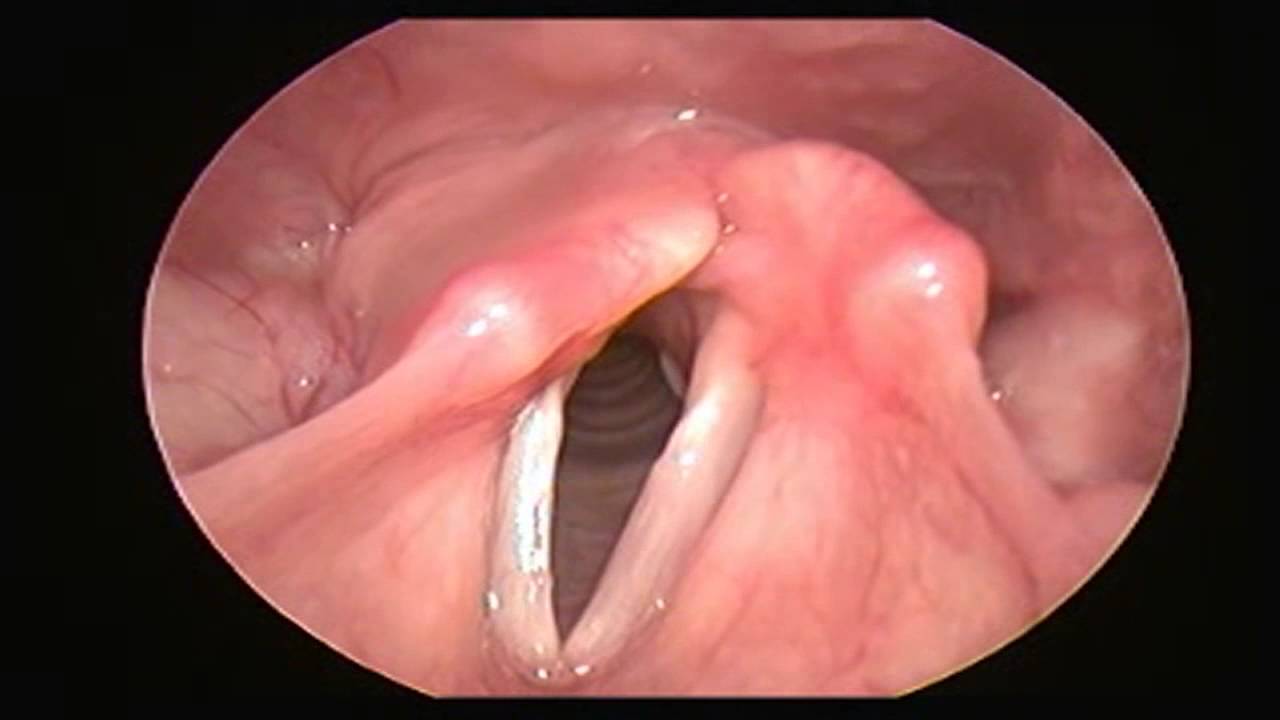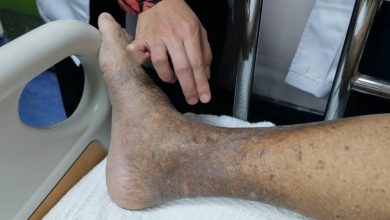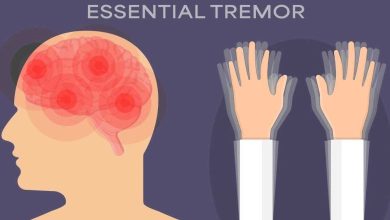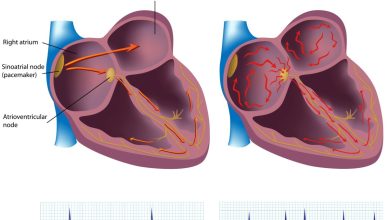Vocal cord paralysis Causes, Symptoms, Diagnosis and Treatment

What is Vocal cord paralysis?
Vocal cord paralysis is weakness of one or both vocal folds.
It occurs when one or both of the vocal folds don’t open or close properly.
There are two types of vocal cord paralysis namely:
- Single vocal ford paralysis
- Both vocal ford paralysis
Single vocal fold paralysis is a common disorder while paralysis of both vocal folds is rare and can be life threatening.
Vocal cord paralysis can affect one’s ability to speak and even breathe.
Causes of Vocal cord paralysis:
Vocal cord paralysis involves the disruption of nerve impulses to the voice box.
Some common causes may include:
Injury to the vocal cord during surgery
Such injuries may damage the nerves which serves the voice box.
- Neck or chest injury
- Stroke.
A stroke interrupts blood flow in the brain and may damage the part of the brain that sends messages to the voice box.
- Tumors
Tumors can grow in or around the muscles, cartilage or nerves controlling the function of the voice box thereby causing vocal cord paralysis.
•Viral infections.
- Lyme disease
- Epstein-Barr
- Herpes
• Neurological conditions
- Multiple sclerosis
- Parkinson’s disease
Undergoing throat or chest surgery or having a neurological condition increases the probability of developing vocal cord paralysis.
Symptoms of Vocal cord disorder:
Some common signs and symptoms exhibited by those suffering from vocal cord disorder may include:
- A breathy quality to the voice
- Hoarseness
- Noisy breathing
- Shortness of breath
- Loss of vocal pitch
- Choking or coughing while swallowing food, drink or saliva
- The need to take frequent breaths while speaking
- Inability to speak loudly
- Loss of pitch
- Loss of your gag reflex
- Ineffective coughing
- Frequent throat clearing
Diagnosis of Vocal cord paralysis:
The following tests and procedures help confirming the diagnosis of vocal cord paralysis.
- Physical examination where the doctor takes medical history and listens to the patient’s voice.
- Laryngoscopy in order to view the vocal cords
- Laryngeal electromyography. This test measures the electric currents in the voice box muscles and gives information regarding the chances and time period of recovery.
- Blood tests
- Imaging tests
- MRI
- CT scan
- X-rays
Treatment of Vocal cord paralysis:
The following treatment options are available:
- Voice therapy
- Surgery
- Bulk injection
- Structural implants
- Vocal cord repositioning
- Reinnervation (replacing the damaged nerve)
- Tracheotomy
By : Natural Health News




